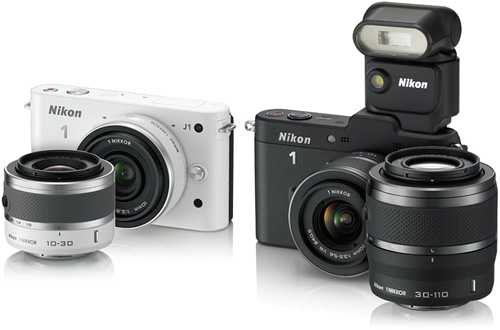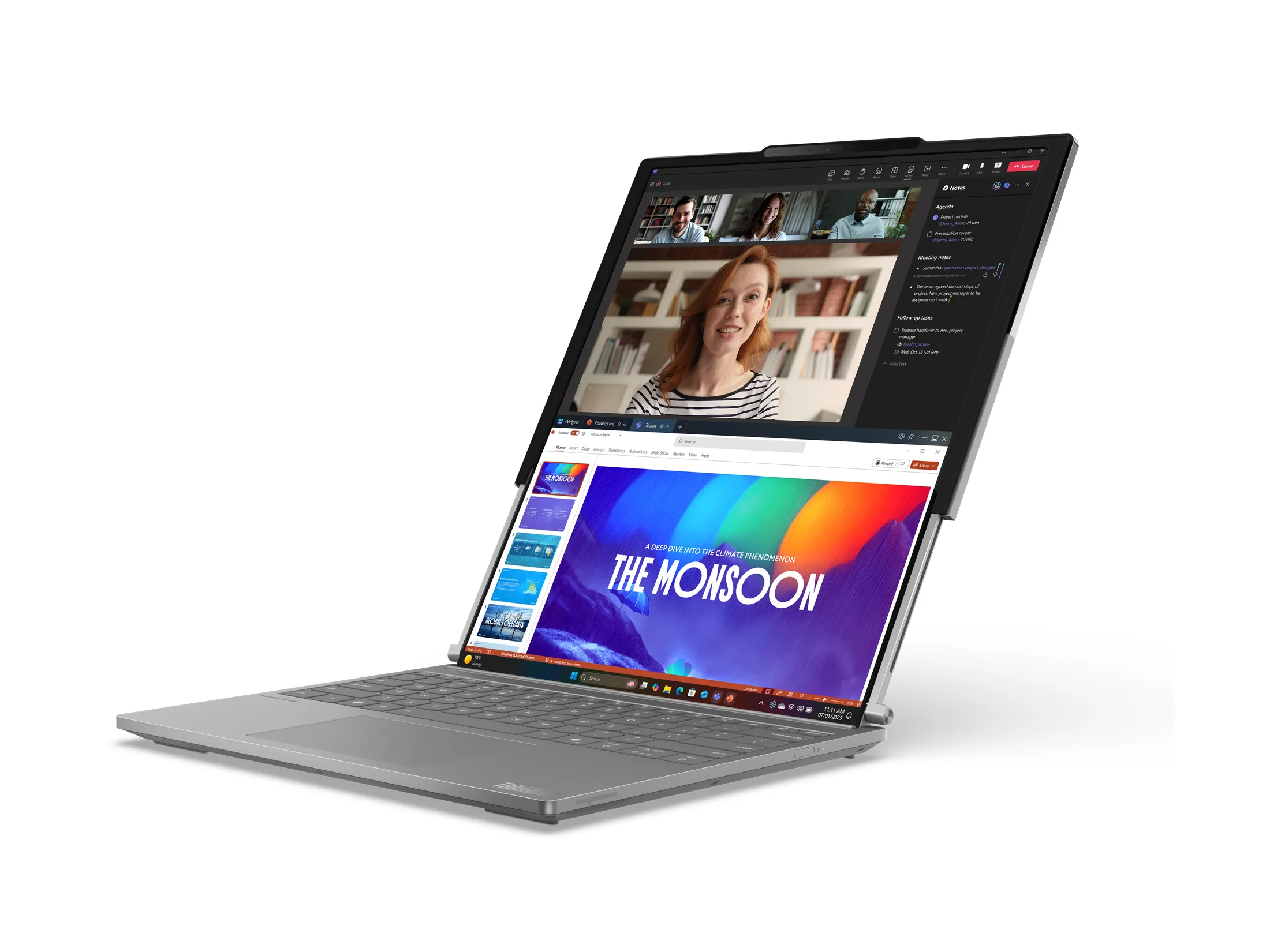
By Andrew Liszewski
For better or for worse, last night Nikon introduced their long rumored Nikon 1 system, officially throwing their hat into the brave new world of compact digital cameras with bigger sensors and interchangeable lenses. Interestingly enough, of all the camera manufacturers to enter this market, Nikon and Canon have long been the holdouts. So while the world still strokes their beards, pondering what Canon has in store, let’s take a look at what Nikon’s brought to the party.
The cameras in the Nikon 1 line currently come in two flavors. The lower-end, $649.95 (including a kit lens) Nikon 1 J1 and the higher-end, $899.95 Nikon 1 V1 which is probably what most photography enthusiasts will be after. Both cameras include a 10.1 MP CX format sensor, which is larger than the one found in your average compact P&S. But, still smaller than a Micro Four Thirds sensor which is more common in these types of cameras.
Both cameras pack a dual core EXPEED 3 image processor which lets them do nifty tricks like shooting video at 1080P while capturing stills at the same time. In fact, Nikon uses it for their ‘Motion Snapshot’ feature which combines slow motion video intercut with stills, and a cheesy soundtrack. Slightly more useful are the cameras’ ability to fire off a bunch of shots in rapid succession, saving only the best of the best based on sharpness and contrast. Nikon even claims their 1 system has the world’s fastest autofocus, with a hybrid system using both phase detection AF for speed and moving subjects, and contrast-detect AF for low-light situations.
As for the price difference between the two models? As you can see in the product shot above, the V1 adds a 1,440,000 dot SVGA electronic viewfinder and an i-TTL hot shoe allowing you to use Nikon’s new—and adorable—1 SB-N5 Speedlight flash.
The cameras also feature Nikon’s new Nikon 1 lens mount, and when they’re available come October 20, you’ll have your choice of 4 different lenses. A 10-30mm ƒ/3.5-5.6 (kit lens), a 30-110mm ƒ/3.8-5.6 ($249.95), a 10mm ƒ/2.8 pancake ($249.95), and a 10-100mm ƒ/4.5-5.6 powered zoom ($749.95). None of them are particularly fast, and while Nikon promises an F-mount adapter for its traditional lenses is enroute, as Charlie Sorrel over at Wired points out, “…with a crop factor of 2.7x, that nifty 50mm ƒ1.4 lens you own will turn into an almost useless 135mm ƒ1.4”
Admittedly, neither model is really going to shake up the compact, interchangeable lens camera market. At least not as much as Sony’s NEX cameras did with their big APS-C format sensors. But as someone who’s been a Nikon DSLR user for years now, and who’s never been a fan of their smaller P&S cameras, it’s nice to have a more compact option when I feel like lightening my photography load.










